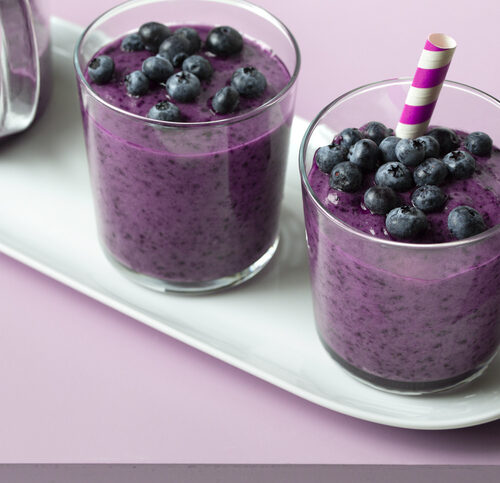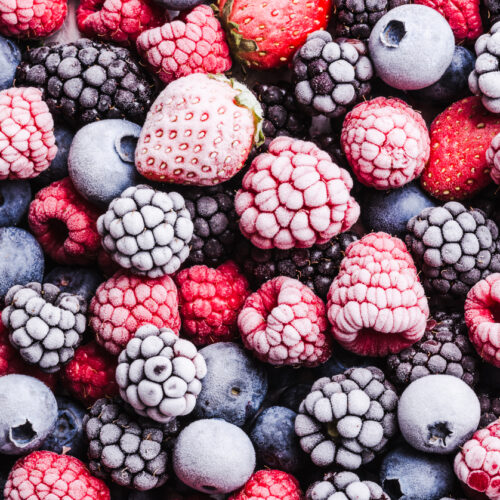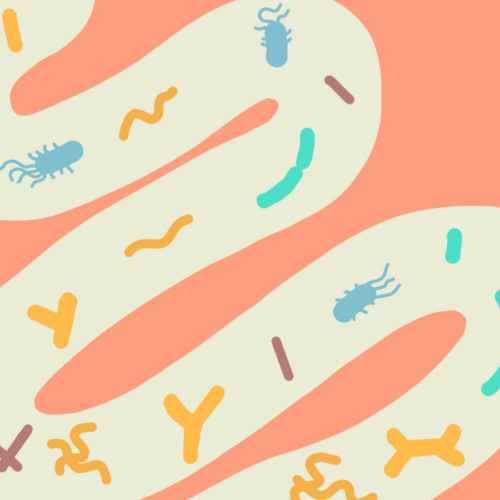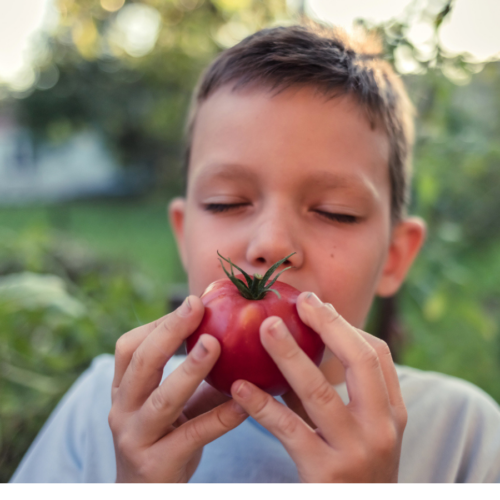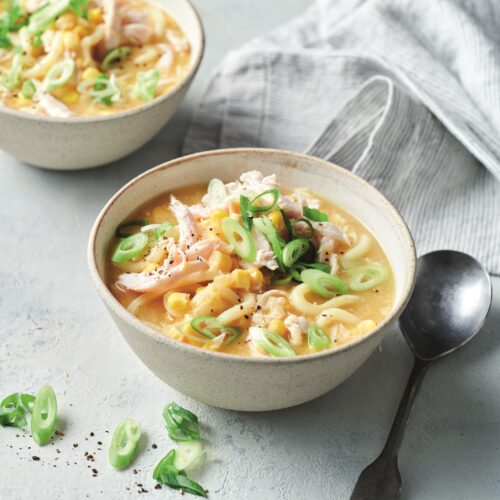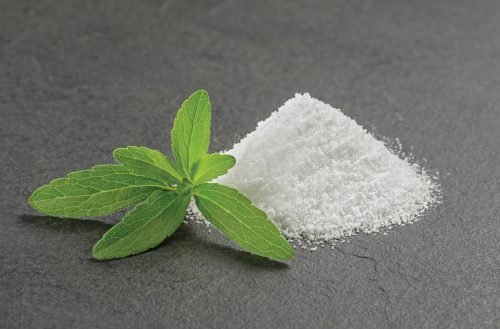
Q: I’ve seen a lot of products recently saying they are sweetened with stevia. What is stevia? Is it better than other sweeteners?
A: HFG nutritionist Claire Turnbull responds:
Food and drinks typically taste sweet when they include sugar (eg. white, brown, raw, icing), fructose (fruit sugar), lactose (milk sugar), honey or syrups (such as maple and golden syrup).
Sweeteners are used as an alternative to these sugars to add a sweet taste to a food or drink. Most sweeteners are very low in energy (kJ) and some of them are virtually kJ-free meaning that when they are used in place of sugar, a lower-kJ food or drink product can be made which can be helpful for those watching their weight.
Up until recently, the most common sweeteners you would see used in foods and drinks included aspartame, saccharin, sucralose, Acesulphame potassium (Ace-K) and cyclamate. In some foods sugar alcohols are used such as mannitol, sorbitol, isomalt and xylitol.
Stevia has gained popularity recently and is being added to drinks, yoghurts and a variety of other products. It is a natural sweetener which is extracted from the leaves of the Stevia rebaudiana Bertoni plant.
All the sweeteners mentioned are safe to include in your diet. Stevia is a great choice if you prefer to go for a sweetener from a natural source. However, the bottom line is that despite sweeteners having their place, it is helpful to get used to having fewer sweet foods and drinks and teach your taste buds to enjoy less sweetness.
Stevia facts
- In late 2008, Food Standards Australia New Zealand (FSANZ) approved the use of steviol glycosides — stevia extracts — for use as a food and beverage ingredient.
- Stevia sweeteners don’t increase blood glucose levels.
- For people with a rare genetic disease known as phenylketonuria (PKU), stevia is a phenylalanine-free sweetening option.
- Stevia has been used for centuries in South America as a traditional sweetener, added to herbal teas and other beverages.
www.healthyfood.com


